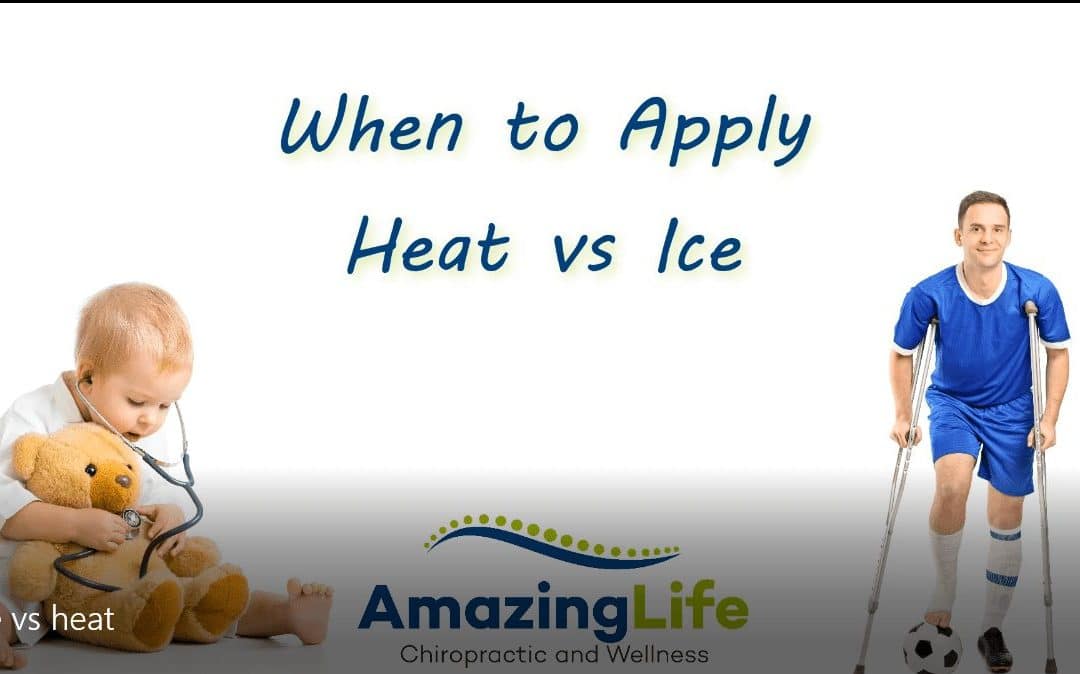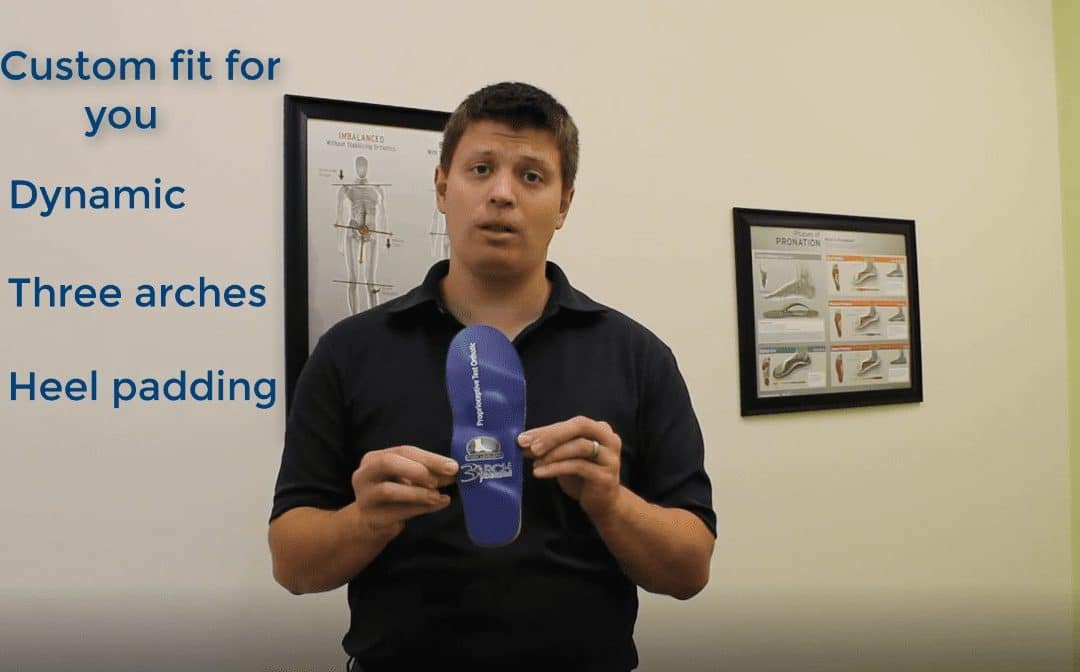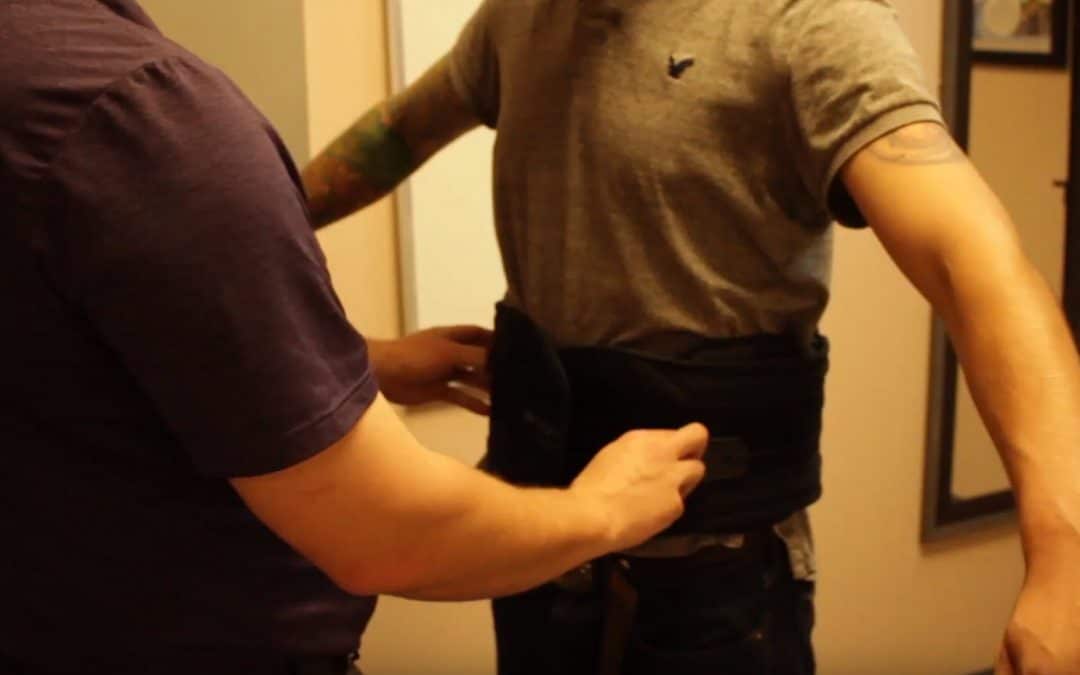
Ice vs Heat for an Injury
In this video, Dr. Gabrielle Soucy explains the different situations in which you apply ice vs when you apply heat to an injury. It is important to note that if you are in an emergency situation, please call 911 immediately.
What to apply? That depends on the injury
We would like to talk to you about when to apply ice versus when to apply heat. So, a rule of thumb is if you get a fresh injury, make sure that it is cleaned, and immediately put some ice on for at least 5 to 10 minutes, take the cold off for 15 minutes, and then repeat. If you have maybe a sore muscle or a muscle ache, then you can apply heat for around 15 minutes to help with muscle flexibility.
Our recommendation for you
Right now, it is soccer season so we know a lot of kids that might be getting an injury out there and the Dynarex Instant Cold Packs are really great and those are the ones that we use at our clinic. Parents can have them in the car and you just squeeze them, shake them, and they last for about 5 minutes. For this reason, these instant cold packs are very convenient for immediate care for unexpected bruising or strains. Of course, if you’re concerned about the extent of your injury, please consult a physician or a doctor. Don’t forget that we are always here to help, so do not hesitate to reach out to us!
For more information or if you have any additional questions, please feel free to contact us or visit our clinic at the Mill Creek location in Washington State.
Live without health problems – Because you’re worth it!
1(425)-737-5343
800 164th St SE Ste O Mill Creek, WA 98012





